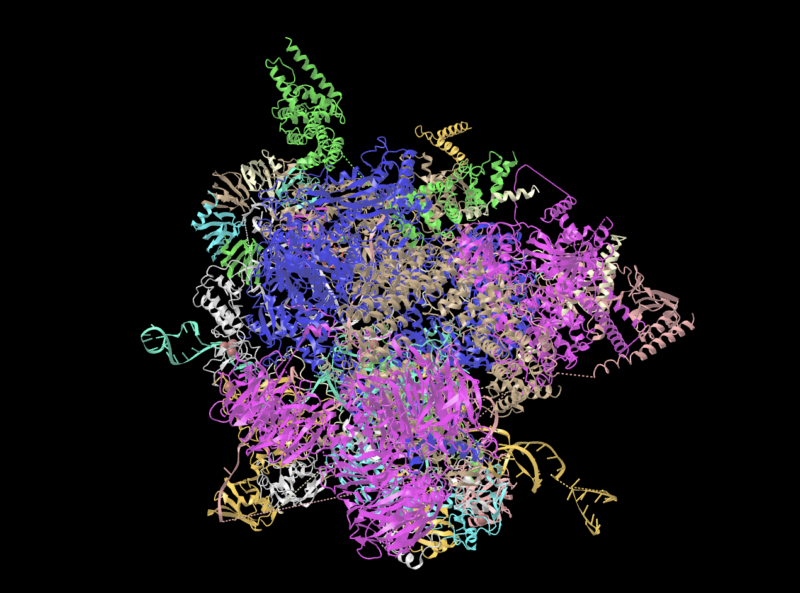Mutations in a non-coding gene associated with intellectual disability

Enlarge / The spliceosome is a large complex of proteins and RNAs. (credit: NCBI)
Almost 1,500 genes have been implicated in intellectual disabilities; yet for most people with such disabilities, genetic causes remain unknown. Perhaps this is in part because geneticists have been focusing on the wrong stretches of DNA when they go searching. To rectify this, Ernest Turro—a biostatistician who focuses on genetics, genomics, and molecular diagnostics—used whole genome sequencing data from the 100,000 Genomes Project to search for areas associated with intellectual disabilities.
His lab found a genetic association that is the most common one yet to be associated with neurodevelopmental abnormality. And the gene they identified doesn’t even make a protein.
Trouble with the spliceosome
Most genes include instructions for how to make proteins. That’s true. And yet human genes are not arranged linearly—or rather, they are arranged linearly, but not contiguously. A gene containing the instructions for which amino acids to string together to make a particular protein—hemoglobin, insulin, albumin, whatever protein you like—is modular. It contains part of the amino acid sequence, then it has a chunk of DNA that is largely irrelevant to that sequence, then a bit more of the protein’s sequence, then another chunk of random DNA, back and forth until the end of the protein. It’s as if each of these prose paragraphs were separated by a string of unrelated letters (but not a meaningful paragraph from a different article).